As the European Union (EU) strives to transition to a greener economy, it is critical to address carbon leakage while ensuring a level playing field for energy-intensive industries. The introduction of the EU Carbon Border Adjustment Mechanism (CBAM) aims to achieve these objectives. Clarion.energy explores the implications of the CBAM, the role of carbon offsets, and the potential for Serbia as a nearshoring hub for energy-intensive industries.
Understanding the EU Carbon Border Adjustment Mechanism (CBAM):
The CBAM is a strategic framework designed to mitigate carbon leakage by placing a price on imported goods based on their embedded carbon emissions. By imposing this mechanism, the EU intends to protect local industries from unfair competition while fostering environmentally-friendly practices.
Energy-Intensive Industries and CBAM Implications:
Implementation of the CBAM has significant implications for energy-intensive industries within the EU. The mechanism encourages the adoption of greener practices, emissions reduction, and investment in sustainable technologies. Energy-intensive sectors such as steel, chemicals, non-ferrous metals, cement, construction materials, and glass production will be subject to the CBAM and will need to adapt to remain competitive.
Carbon Offsets and their Role:
Carbon offsets are a mechanism used to neutralize carbon emissions by supporting projects that reduce or capture greenhouse gases elsewhere. These offsets can play a vital role in mitigating the impacts of the CBAM. Energy-intensive industries can leverage carbon offsets to align with environmental targets, manage costs, and demonstrate a commitment to sustainability.
Serbia’s Potential as a Nearshoring Hub for Energy-Intensive Industries:
Serbia offers several competitive advantages that position it as a promising nearshoring destination for energy-intensive industries impacted by the CBAM:
1. Lower Energy Prices: Serbia boasts competitive energy prices, potentially reducing production costs for energy-intensive industries considering nearshoring.
2. Skilled Workforce: The country possesses a skilled and adaptable labor force, making it an attractive option for industries seeking to relocate manufacturing operations.
3. Strategic Location: Situated at the crossroads of major European trade routes, Serbia provides convenient access to both EU and non-EU markets.
4. Existing Industrial Infrastructure: Serbia benefits from substantial industrial infrastructure, facilitating a seamless transition for energy-intensive industries looking to establish operations.
Nearshoring Opportunities in Serbia:
Serbia’s nearshoring potential is especially promising for energy-intensive industries such as steel production, chemical manufacturing, non-ferrous metals, cement, construction materials, and glass manufacturing. These sectors can benefit from Serbia’s competitive energy prices, skilled labor force, and strategic location to maintain competitiveness while aligning with CBAM requirements.
Challenges and Considerations:
To fully harness the potential for nearshoring in Serbia, several factors must be considered:
1. Regulatory and Policy Environment: Serbia will need to align its policies and regulations with EU standards to ensure compliance with environmental and sustainability requirements.
2. Infrastructural Considerations: Sufficient energy supply, transportation networks, and logistics infrastructure are essential to support nearshoring activities effectively.
3. Workforce Skills and Development: Continuous efforts to develop and upskill the labor market are crucial to meet the demands of energy-intensive industries and ensure a competent workforce.
The EU’s Carbon Border Adjustment Mechanism presents both challenges and opportunities for energy-intensive industries. Serbia offers a compelling nearshoring proposition due to its competitive energy prices, skilled workforce, strategic location, and existing industrial infrastructure. By leveraging carbon offsets and fostering sustainable practices, Serbia can establish itself as a favorable nearshoring hub while aligning with the EU’s green ambitions. Continued collaboration between the EU and candidate countries like Serbia is key to facilitate a seamless transition towards a greener and more sustainable future for energy-intensive manufacturing industries.
